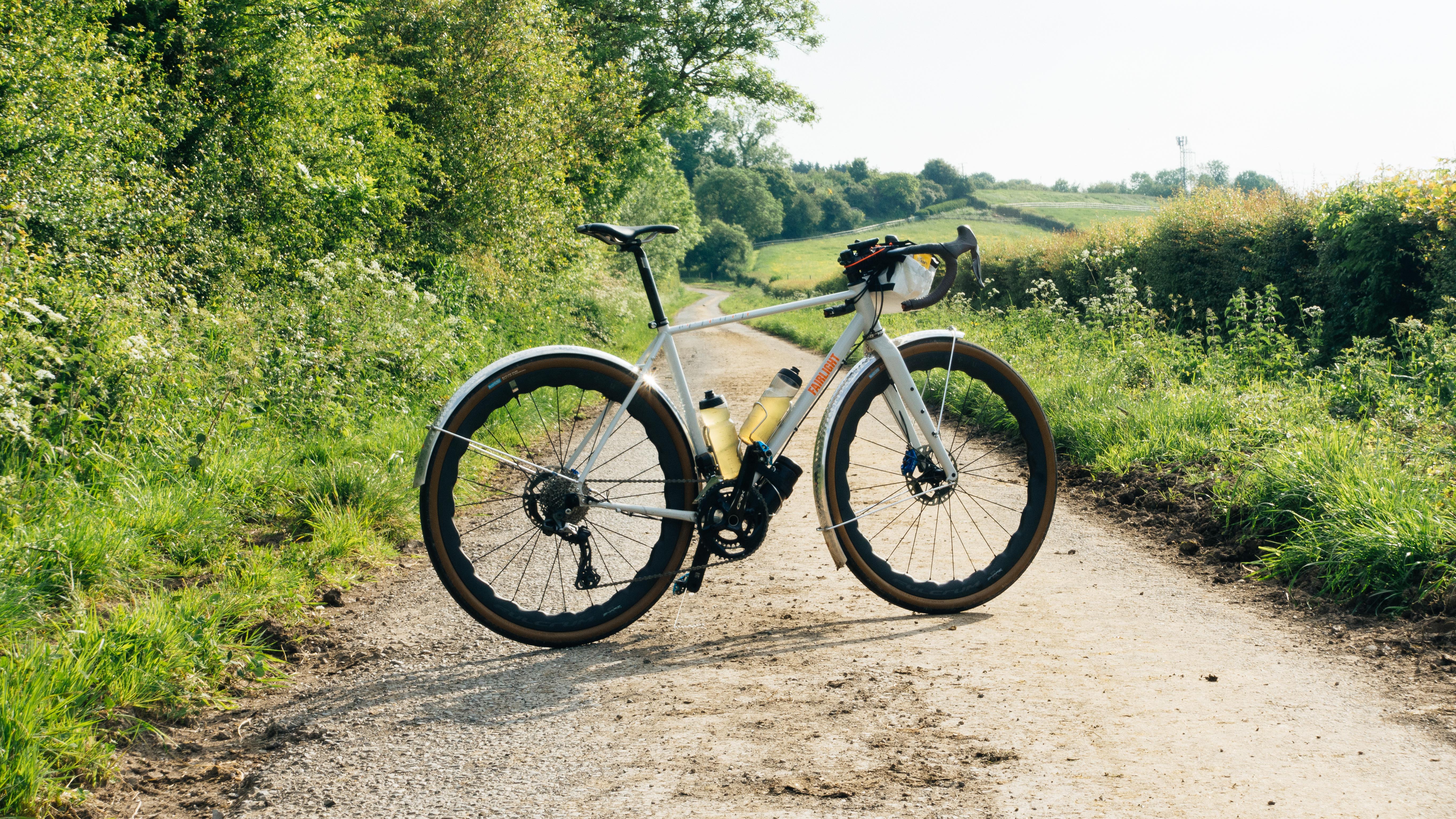
Wavy wheels aren’t anything new, even in the gravel scene, but they are still unusual and not something many of us see on a group ride let alone get to ride. Zipp has its 353 NSW and 454 NSW, and while the 454 is touted as an all-out road wheelset, the 353 has all-terrain ambitions. I wouldn’t say it’s a gravel wheelset, but it’s certainly all-road-esque. Likewise, Princeton’s Grit 4540 wheelset is wavy and billed as an all-road contender.
The new Sharq wheelset from Fulcrum is a first for the Italian brand in two senses. It is most obviously the brand’s first foray into wavy rim profiles, but it’s also the first wheelset the company has put out that’s advertised as an all-road product. Previously wheelsets fell into either road (Racing, Wind, or Speed wheelsets), or gravel (Rapid Red wheelsets). I am writing this before the wheels have been released to the public, but my suspicion is that, despite the marketing, these will sit within the ‘gravel’ section of the website and would be a contender for our guide to the best gravel wheels.
While I do love pure gravel riding, my favoured off-road excursions are big days that mix up fast roads, broken farm tracks, and fast gravel, so testing these wheels gave me a lovely excuse to do what I love. How were they? Well, they were great, but there’s more to it than that of course.
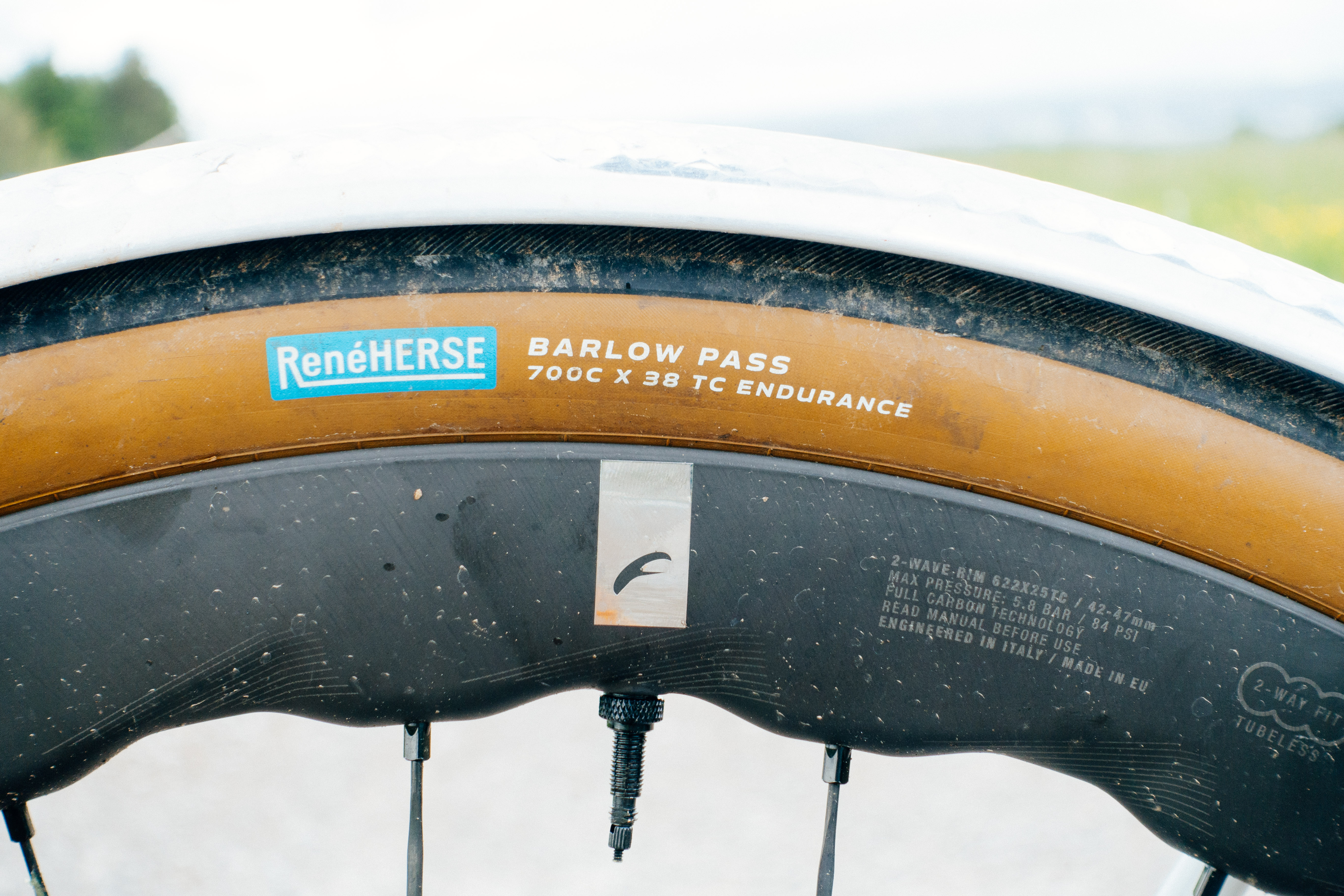
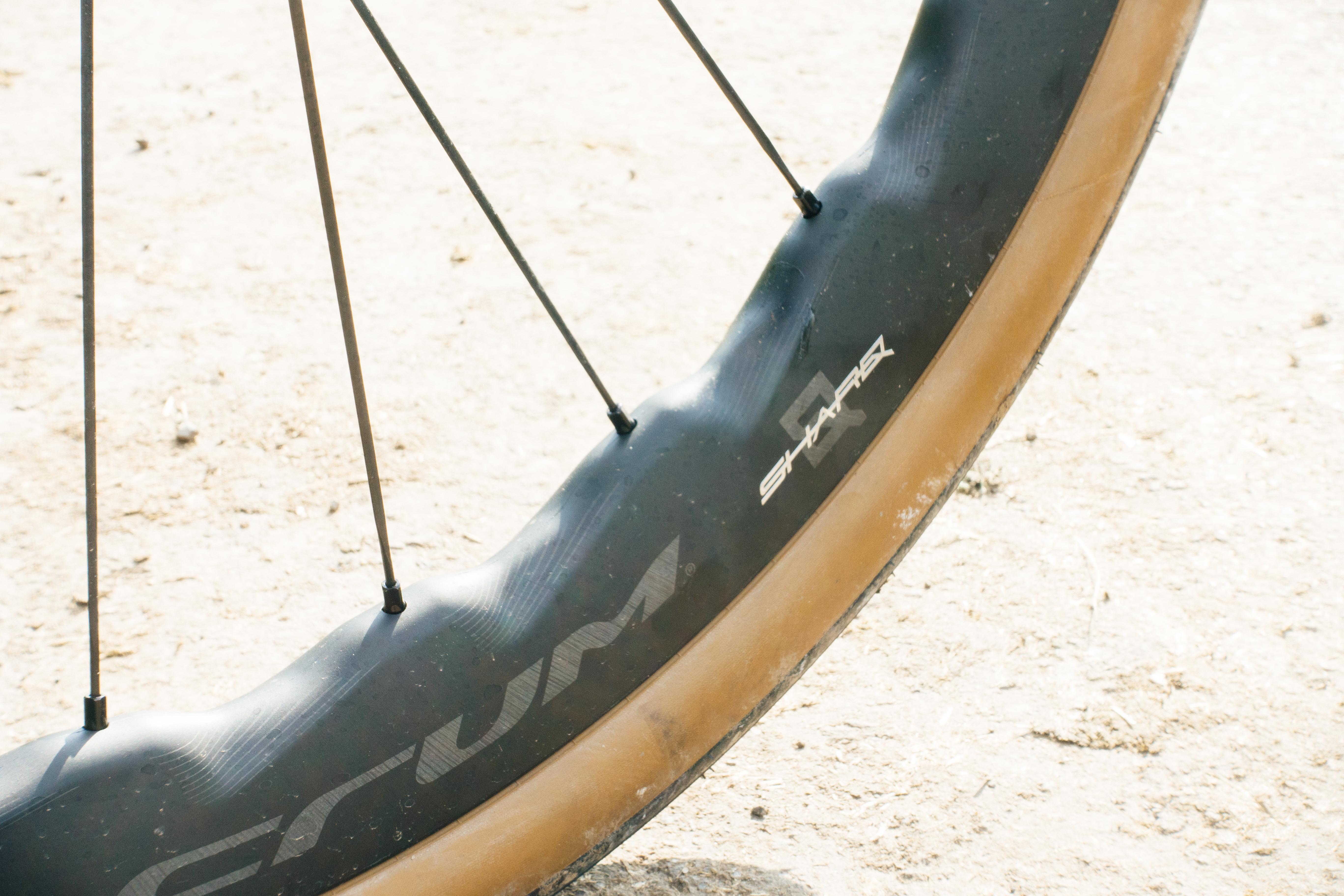
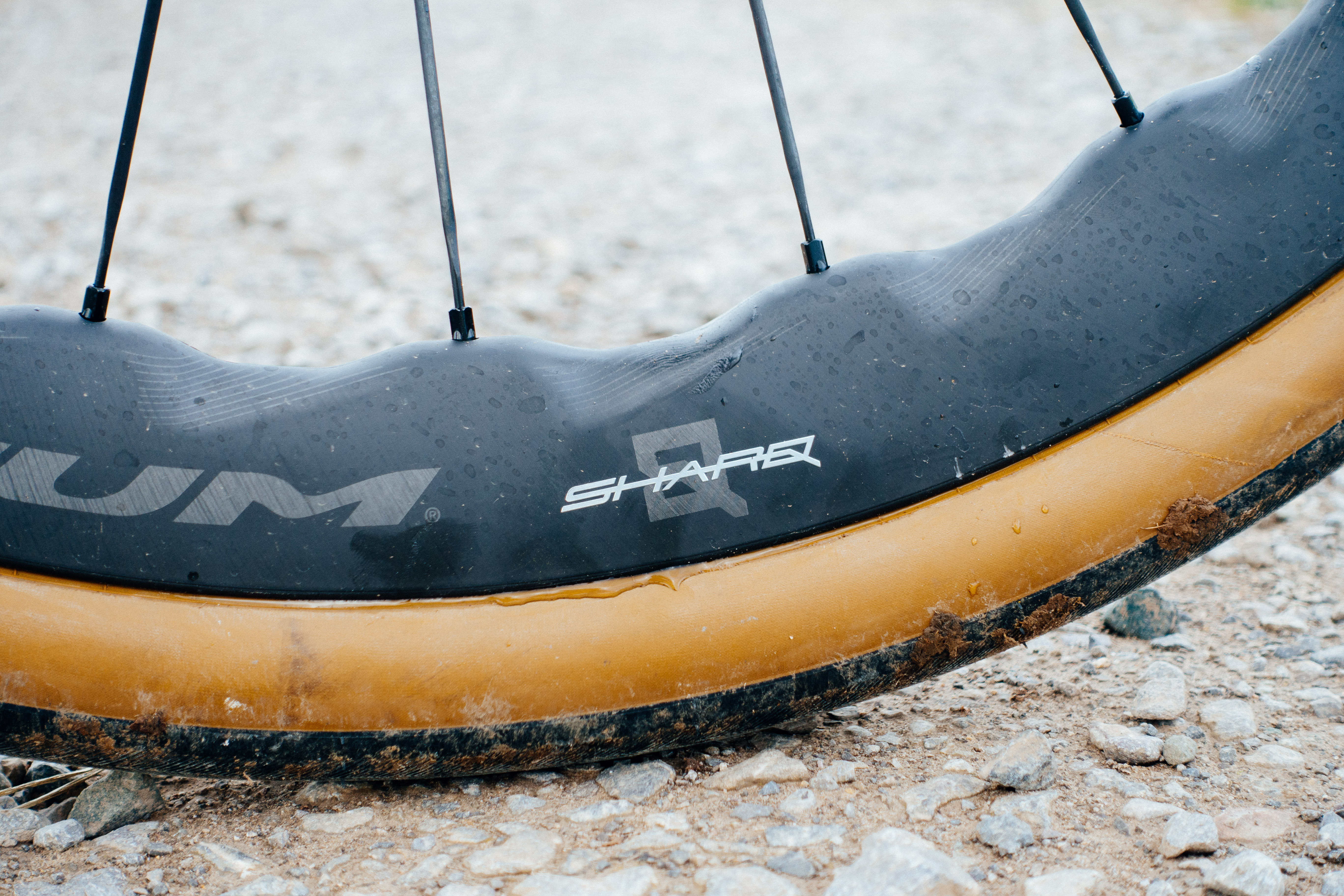

Design and aesthetics
Wavy rims are yet to coalesce on a final form. Princeton wheels are wavy but with a regular symmetrical series of peaks and troughs. Zipp’s NSW wheels are more of a sawtooth, with a long ‘up’ ramp and a sharp ‘down’ dropoff. The Sharq wave is something else entirely; what the brand calls “2-Wave”. It’s easiest to just look at the images, but in essence, Fulcrum has blended a symmetrical wave around the nipples with an asymmetrical wave in the troughs.
This means the rim is, depending where you measure it, somewhere between 42 and 47mm in depth. That's relatively deep compared to today's gravel wheel market, but in the new realm of do-everything road wheels, it’s about bang-on.
Visually I think it looks ace. I am fundamentally still seven years old - I still get excited when I see a train, a digger, or any large ferocious animal, and so having ‘Sharq’ written on my wheels excited my inner child. The branding is subtle enough to be classy too, with just the hint of chrome, and the majority of the embellishments in black-on-black or greyscale. Mounted up to a skinny tubed gravel bike they look a little deeper than they would on an aero frame, but it’s a look I really go for.
The rim bed is 25mm wide and has a minimum 30c tyre width. This is wider than most road rims internally, but the external 30mm width is narrower than something like the Hunt SUB50 for example. The rims aren’t hookless, but have ‘mini hooks’. When setting them up they just look like hooks to me, and considering all the recent stories on the safety of hookless I was glad to have them, even though I was using 38mm rubber.
The rim bed isn’t drilled either, so there’s no need for tubeless tape. You can run tubes, but in this day and age with the width of tyres these are designed for… why would you? Tubeless valves come included.
For the spoke nerds out there, the spokes used here are proprietary, with a 3mm wide aero profile, and a thickness of 0.8m. There is a little ovalised section near the spoke head that meshes with the hubs to prevent them from spinning when they are being tensioned. The spokes also never touch, in an effort to avoid undue noise and any tension loss over time.
At the hubs, it’s no surprise to see ceramic bearings, given the price of the wheelset. What may come as a surprise is that these are in a cup and cone arrangement, rather than cartridge bearings. The hub end caps feature a preload adjustment ring, which the brand hopes will allow users (or mechanics) to find the optimum preload for maximum smoothness. I must admit, given they were smooth out of the box, that this isn’t something I messed with.
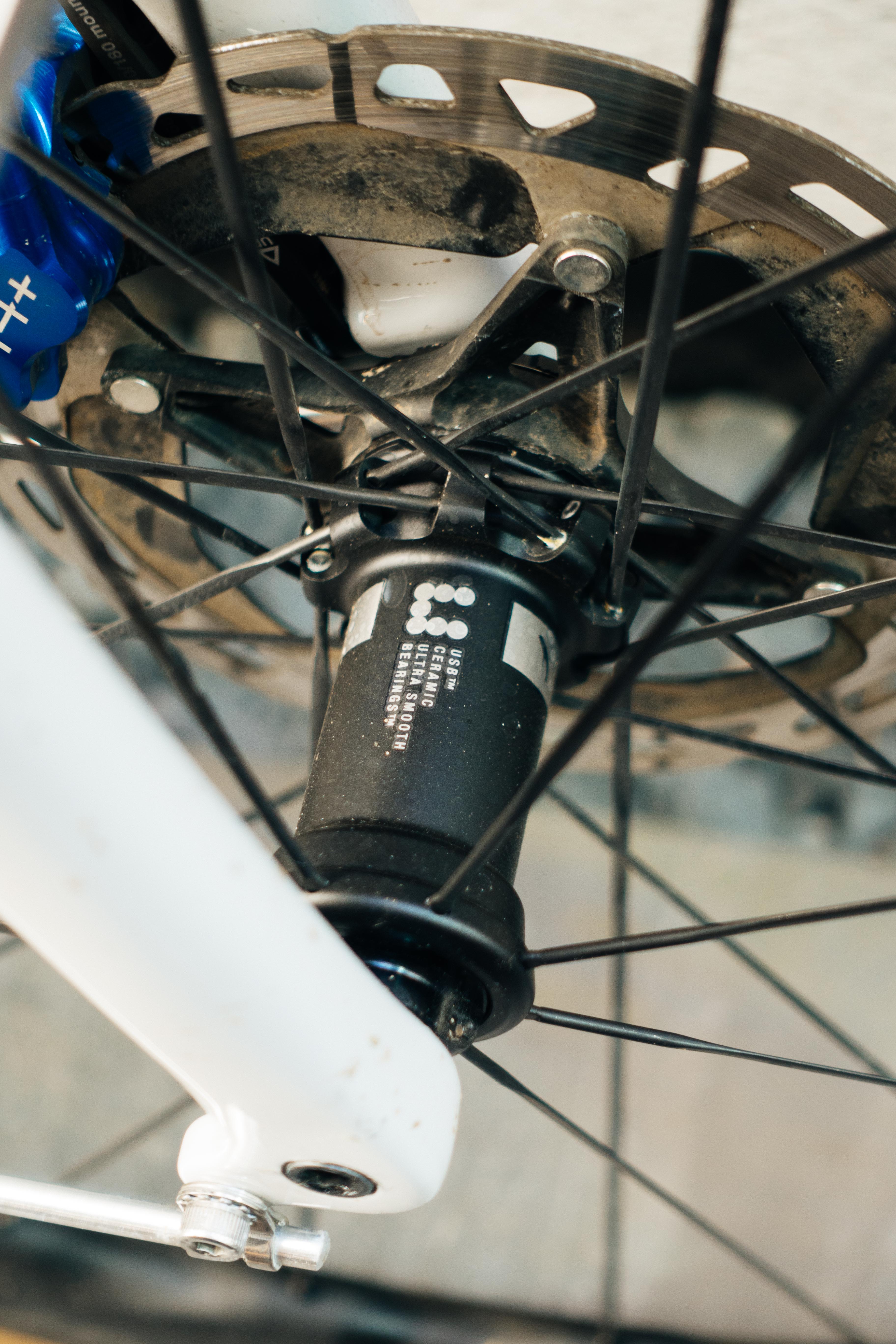
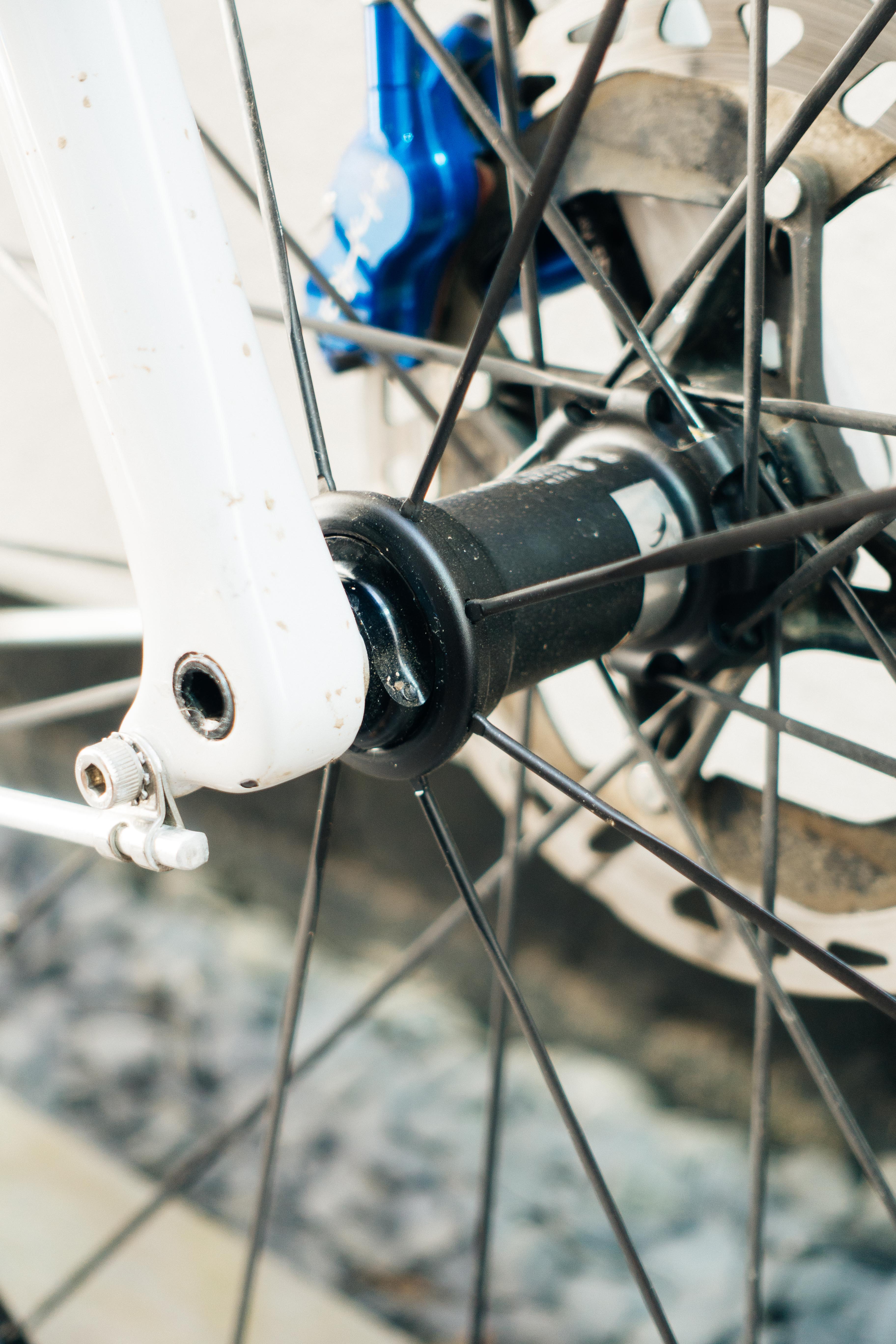
Performance
Testing wheels isn’t something I generally relish. The differences between wheelsets can take some time to properly tease out, and something as simple as a differential tyre pressure even when running identical tyres can mask, or undo, performance differentials. That being said, I was pleasantly surprised when I first rolled out on the Sharqs for an initial ride. Rarely have I noticed such a difference so immediately.
I deliberately didn’t read the press information before initial testing so as not to impart any prejudices. My initial impression was that these are absolutely brilliant in windy conditions. Gusts which would ordinarily buffet me towards oncoming traffic or make me reach for the brake lever still had some effect, but it was much more muted.
This does tally up with the brand's claims - the Sharq, Fulcrum says, is 30% more stable at wind angles of 10º-20º, and 21% more stable between 0º and 10º compared to an equivalent depth round rim.
I’d actually been running a much shallower rim, the Hunt 25 CGR, prior to testing these, and the wheels felt more stable than those. In fact, these are the most stable wheels I’ve ridden in the wind. You still get buffeted, but it’s like the difference between a TV Licence reminder, and a court summons; one you can put to one side for a bit, the other you cannot ignore. In blustery conditions, there’s a feeling of almost riding above the wind. Some aero wheels scythe through, but the Sharqs float atop like a balloon, occasionally whipped at by stormy tendrils but never really blown off course.
This stability in the wind is noticeable most at speed. The faster you go the closer to 0º your effective wind yaw angle becomes, and when flying down descents the sure-footedness they impart on the ride is exceptional, even more so on broken terrain or actual gravel where sideways forces can have a greater impact.
In speed terms, they certainly don’t feel quite as whippy and responsive as a shallower depth rim, but the weight is excellent at 1,440g for something of this depth. They never felt sluggish at slow speeds, but they really came into their own on rolling fast terrain. The combination of the crosswind stability, the smooth bearings, and a nearly silent freehub (something I absolutely love) imparts a feeling of charity on the ride that I’ve rarely experienced. It’s akin to listening to the radio a hair outside the right frequency, compared to having it tuned perfectly. The details stand out more; you can hear the tyre noise, you can feel the wind without being worried by it, and you can bomb a descent without that voice on your shoulder reminding you of your own mortality.
At slower speeds, these characteristics are less pronounced, and while the Sharqs were excellent on fast gravel the differential reduced on slower, more technical terrain. While they’re undoubtedly a capable gravel wheelset if your gravel riding is fast, I really do think they are best suited to backroad blasts and long, arrow-straight horizon chasing where your average speed is determined more by your legs and not the terrain.
If you’re speccing one of the new breed of endurance bikes, something that can take 35-38mm tyres while still maintaining aerodynamic efficiency and racy handling, I think you’d have a pretty phenomenal package with these in the mix. Something like the Ridley Grifn RS, a Specialized Roubaix, or a Basso Palta (as was the choice of Mattia de Marchi who raced them to 5th at Unbound last week).

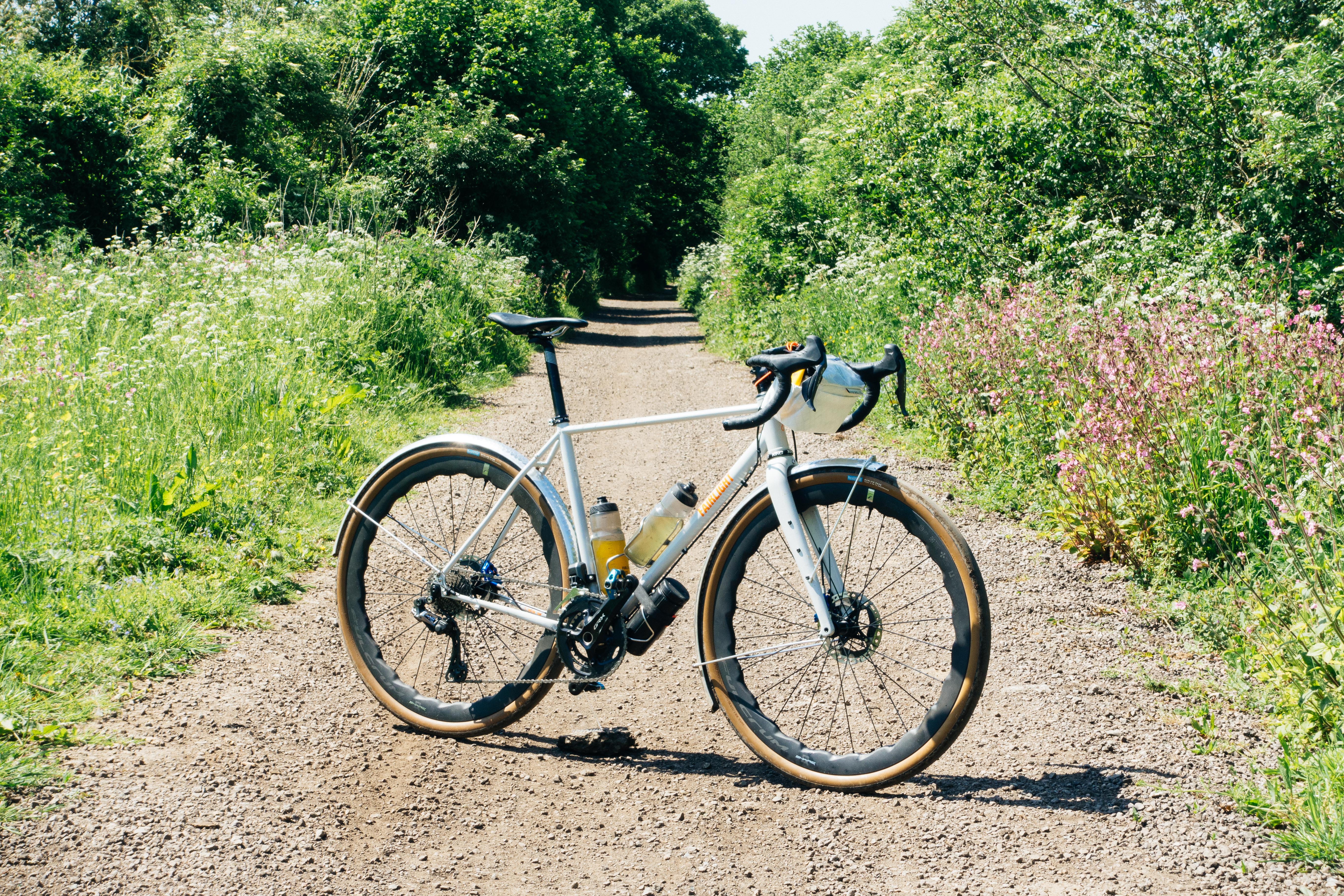
Value
These aren’t cheap wheels. At €2,460 / £2,289 / $2,807 they’re in the same ballpark as the Zipp 454 NSW. As I haven’t ridden the American set I cannot directly compare the two, but I’m relatively confident (having discussed it with people who have) that these would give them a run for their money.
Value isn’t the same as cost. These are expensive wheels but they offer excellent performance, eye-catching aesthetics, low weight, and a buttery smooth ride. If you can afford them I think they’re worth the price, and will really make your all-road machine shine.
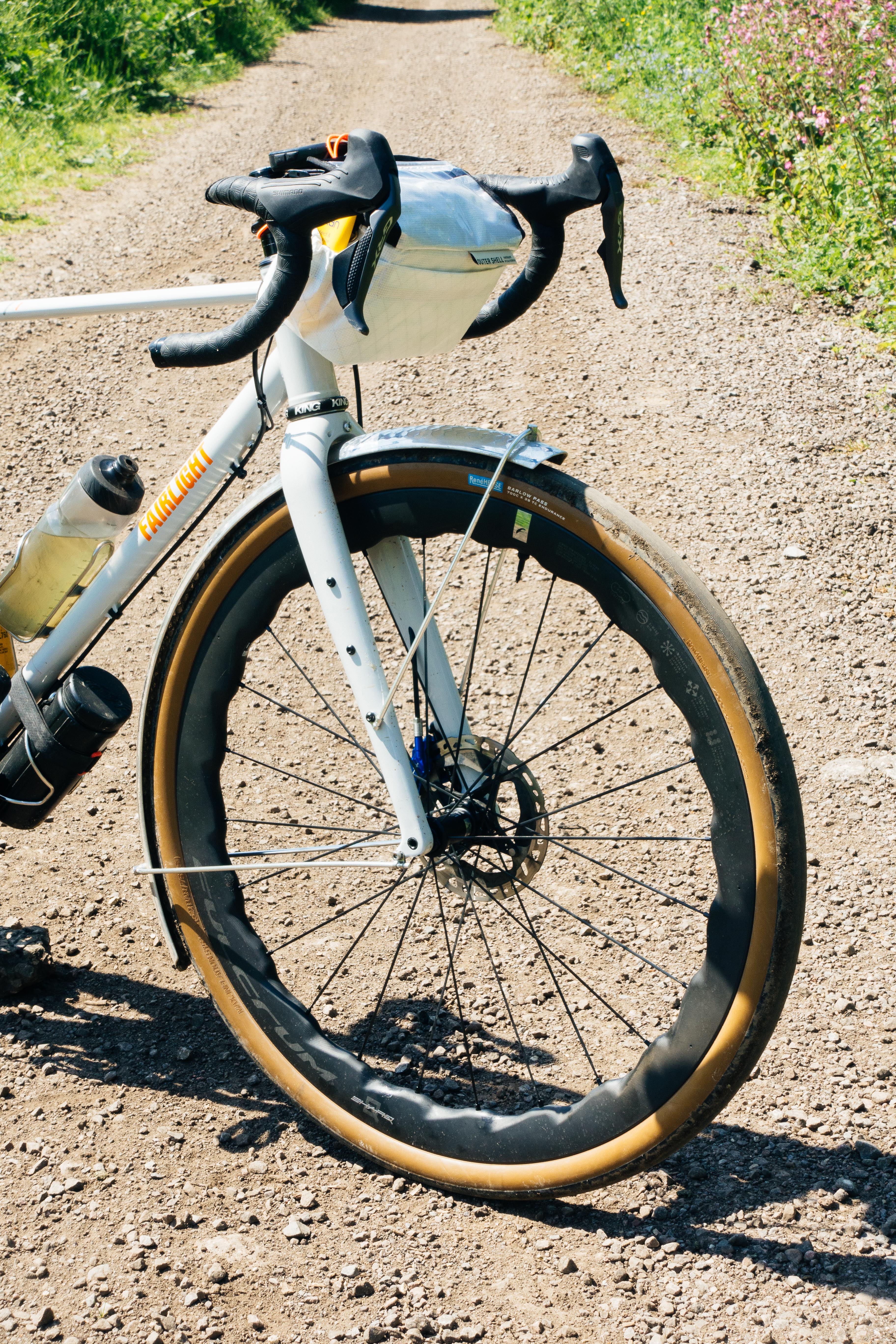
Verdict
A striking set of all-road wheels that perform at their best on fast, rolling terrain. They make less of a difference on slower, technical gravel, and their real party piece is how they handle crosswinds and fast descents. Expensive, but over a basic stock wheelset the difference is palpable.







